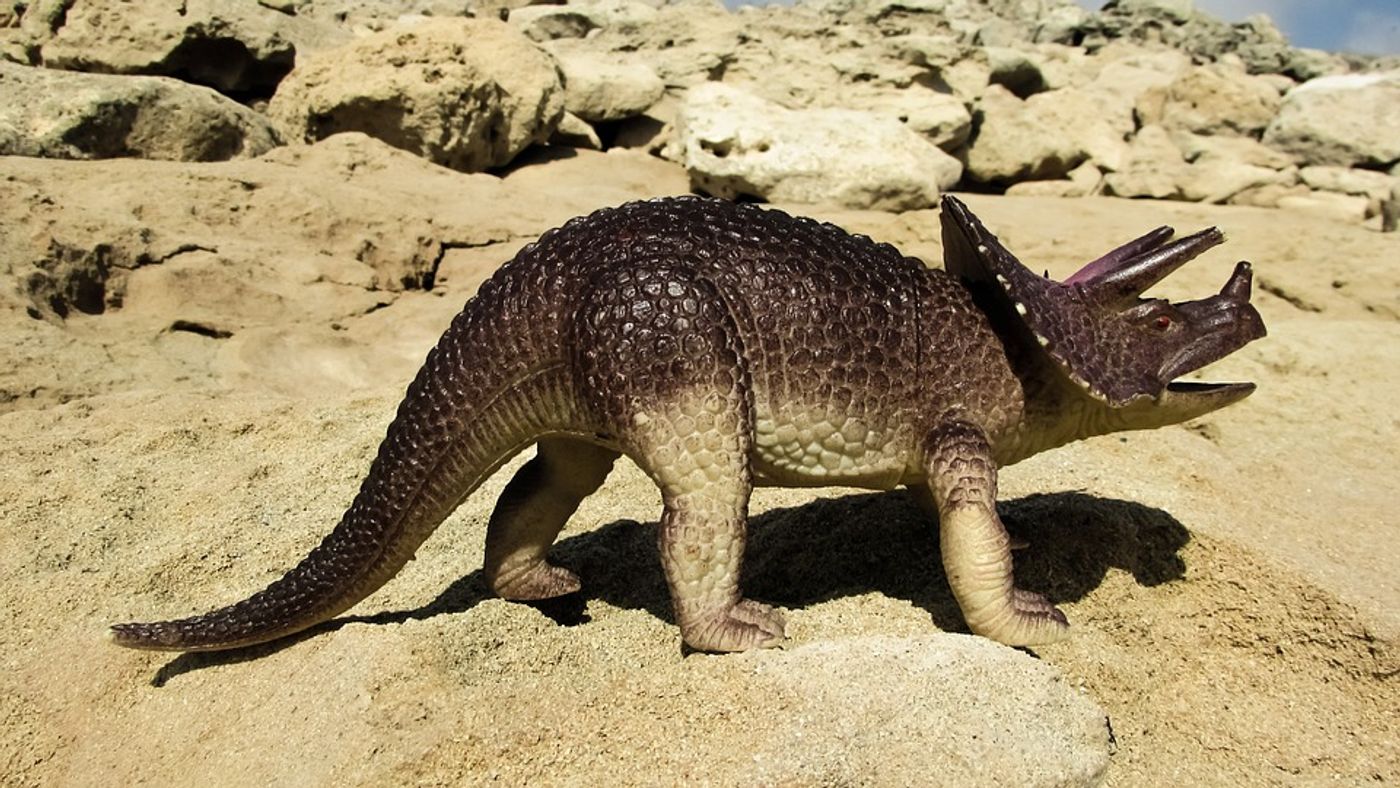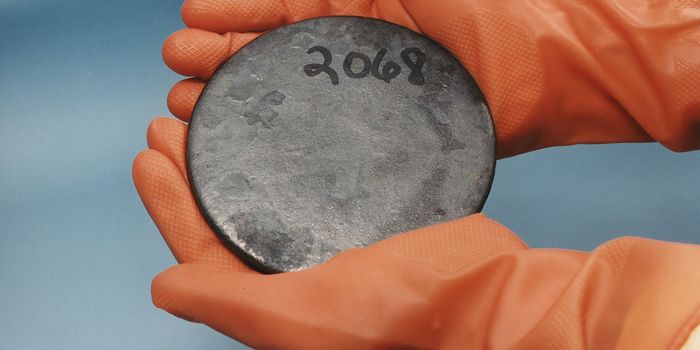Knowing the past to know our future
In case you haven’t heard, we are facing the most pressing climate crisis of humankind – and we’re still not doing much about it. While action is clearly needed on the political front, understanding the geological history of Earth gives us a better grasp on what may lay ahead in our near future. In a presentation at the Annual Meeting of the Geological Society of America, which is taking place today, scientists will describe how the two most recent major global warming events can inform us on the doomsday awaiting us.
Paula Mateo is a geologist at Caltech. She will be presenting the study which focuses on our planet’s two most recent warming periods, which occurred 66 and 56 million years ago. As Mateo explains, "We chose these two because they are the most recent examples of rapid climate warming and have been widely studied so we have more information about them.”
The periods are called the Cretaceous-Paleogene boundary (KPB) mass extinction and the Paleocene-Eocene Thermal Maximum (PETM), respectively. KPB is known as the event that ended the reign of the dinosaurs. The later event, although somewhat less drastic, could point us in the right direction for understanding how the planet survived in its recovery.
Both events were triggered by the release of greenhouse gases into the atmosphere as a result of volcanic eruptions. However, it is important to note is that neither the times previous to KPB nor PETM emitted nearly as vast quantities of carbon dioxide that we do today. (We release 10 gigatons a year, while PETM was approximately 1.1 gigatons a year and KPB roughly 0.2-0.3 gigatons annually.)
As Science Daily reports, “Neither of the past events is a perfect analog, but they are instructive. The PETM could be an analogy for our best-case scenario, Mateo explained. It's something humanity could potentially survive. The KPB, on the other hand, would be our worst case scenario analogy. If we take that path it would qualify as the sixth mass extinction in the planet's history.”
In her presentation, Mateo will go in-depth about the impacts that these warming periods had on life on Earth at the time, and for the following hundreds of thousands of millennia. From species extinction to ocean acidification, the symptoms of the rising temperatures sound all too familiar.
Yet, says Mateo, "The difference with today is that even though it's a very short pulse, the rate of change is very, very rapid. It's happening so fast that the ecosystems are unable to catch up. There is no time for adaptation."
Sources: Science Daily, Geological Society of America









